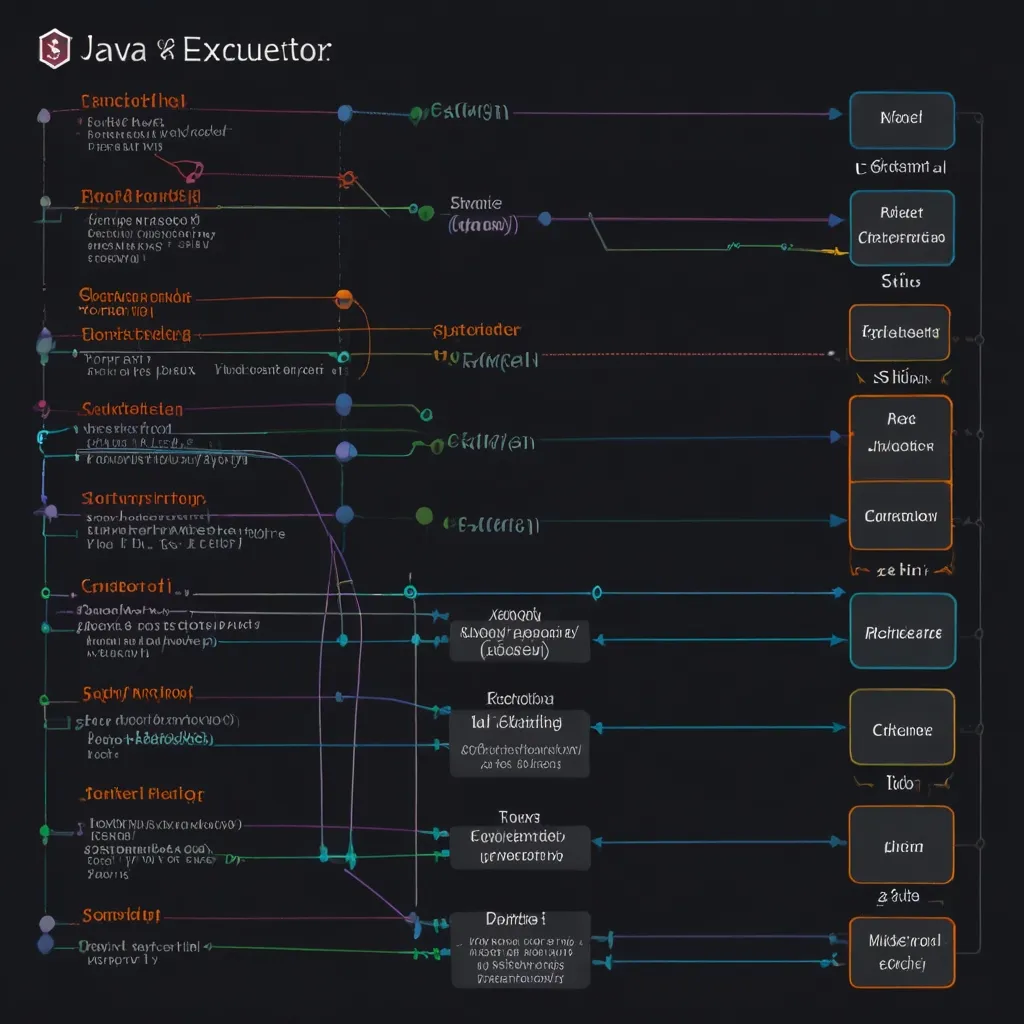Alright, let’s dive into the exciting world of building a full-stack cryptocurrency exchange platform! As someone who’s been tinkering with blockchain tech for years, I can tell you it’s a wild ride.
First things first, you’ll need to decide on your tech stack. For the backend, I’m a big fan of using Go (Golang) for its speed and concurrency support. It’s perfect for handling high-volume trading operations. Python’s also a solid choice, especially if you’re into data analysis and machine learning for predicting market trends.
For the frontend, JavaScript frameworks like React or Vue.js are the way to go. They offer a smooth, responsive user experience that’s crucial for traders who need real-time updates.
Now, let’s talk databases. You’ll want a mix of SQL and NoSQL databases. PostgreSQL is great for handling user accounts and order books, while MongoDB can handle the more flexible, document-based data like user preferences and trading history.
One of the trickiest parts of building a crypto exchange is integrating with various blockchain networks. You’ll need to implement wallet functionality for different cryptocurrencies. Here’s a simple example of how you might create a Bitcoin wallet address using Go:
package main
import (
"fmt"
"github.com/btcsuite/btcd/chaincfg"
"github.com/btcsuite/btcutil"
)
func main() {
privateKey, err := btcutil.NewPrivateKey(chaincfg.MainNetParams)
if err != nil {
fmt.Println("Error generating private key:", err)
return
}
address, err := btcutil.NewAddressPubKey(privateKey.PubKey().SerializeCompressed(), &chaincfg.MainNetParams)
if err != nil {
fmt.Println("Error generating address:", err)
return
}
fmt.Println("Bitcoin Address:", address.EncodeAddress())
}
This code generates a new Bitcoin address that you can assign to a user. You’d need similar implementations for other cryptocurrencies you plan to support.
Security is paramount in a crypto exchange. You’ll need to implement multi-factor authentication, cold storage for funds, and regular security audits. I once worked on a project where we used hardware security modules (HSMs) to store private keys. It was a game-changer for security, but boy, was it a pain to set up!
Another crucial component is the order matching engine. This is the heart of your exchange, matching buy and sell orders. You’ll want to optimize this for speed and accuracy. Here’s a basic example of how you might structure an order in Go:
type Order struct {
ID string
UserID string
Type string // "buy" or "sell"
Amount float64
Price float64
Timestamp time.Time
}
func matchOrders(buyOrders, sellOrders []Order) {
// Implementation of matching algorithm
}
The actual matching algorithm can get pretty complex, especially when you start dealing with different order types like limit orders, market orders, and stop-loss orders.
Don’t forget about regulatory compliance. Depending on where you’re operating, you’ll need to implement KYC (Know Your Customer) and AML (Anti-Money Laundering) checks. This often involves integrating with third-party identity verification services.
On the frontend, you’ll want to create a sleek, intuitive interface. Traders love their charts, so integrating a library like TradingView is a must. Here’s a quick example of how you might set up a basic price chart using React and the Recharts library:
import React from 'react';
import { LineChart, Line, XAxis, YAxis, Tooltip } from 'recharts';
const data = [
{ date: '2023-01-01', price: 30000 },
{ date: '2023-01-02', price: 31000 },
{ date: '2023-01-03', price: 32000 },
// ... more data
];
const PriceChart = () => (
<LineChart width={600} height={300} data={data}>
<XAxis dataKey="date" />
<YAxis />
<Tooltip />
<Line type="monotone" dataKey="price" stroke="#8884d8" />
</LineChart>
);
export default PriceChart;
This is just scratching the surface, of course. You’d want to add more features like zooming, different time frames, and technical indicators.
One aspect that often gets overlooked is scalability. As your exchange grows, you’ll need to handle increasing loads. This is where microservices architecture can really shine. You could have separate services for user management, order matching, wallet operations, and so on. Docker and Kubernetes are your friends here.
I remember when we first implemented a microservices architecture at my previous job. It was a steep learning curve, but it paid off big time when we needed to scale up quickly during a bull market.
Testing is crucial in a crypto exchange. You’ll want comprehensive unit tests, integration tests, and end-to-end tests. Automated testing can save you from costly mistakes. Trust me, you don’t want to be the exchange that accidentally allows someone to withdraw more funds than they have!
Here’s a simple example of a unit test for our order matching function in Go:
func TestMatchOrders(t *testing.T) {
buyOrders := []Order{
{ID: "1", UserID: "user1", Type: "buy", Amount: 1.0, Price: 30000},
{ID: "2", UserID: "user2", Type: "buy", Amount: 0.5, Price: 29000},
}
sellOrders := []Order{
{ID: "3", UserID: "user3", Type: "sell", Amount: 1.5, Price: 29500},
}
matches := matchOrders(buyOrders, sellOrders)
if len(matches) != 1 {
t.Errorf("Expected 1 match, got %d", len(matches))
}
if matches[0].BuyOrderID != "1" || matches[0].SellOrderID != "3" {
t.Errorf("Unexpected match result")
}
}
As your platform grows, you’ll want to implement features like margin trading, futures contracts, and maybe even options trading. Each of these adds layers of complexity to your system.
Don’t forget about customer support! A robust ticketing system and clear documentation can save you a lot of headaches down the line. I’ve seen exchanges struggle because they couldn’t keep up with support requests during peak trading times.
Lastly, keep an eye on emerging trends in the crypto space. Things like decentralized finance (DeFi) and non-fungible tokens (NFTs) are reshaping the landscape. Being able to adapt quickly can give you a competitive edge.
Building a full-stack cryptocurrency exchange is a massive undertaking, but it’s also incredibly rewarding. You’re not just creating a platform; you’re participating in the future of finance. It’s a journey filled with late-night debugging sessions, exciting breakthroughs, and the occasional heart-stopping moment when you spot a potential security flaw.
Remember, the crypto world moves fast. What’s cutting-edge today might be obsolete tomorrow. Stay curious, keep learning, and don’t be afraid to pivot when necessary. And most importantly, have fun with it! There’s nothing quite like the thrill of seeing your exchange handle its first successful trade.






